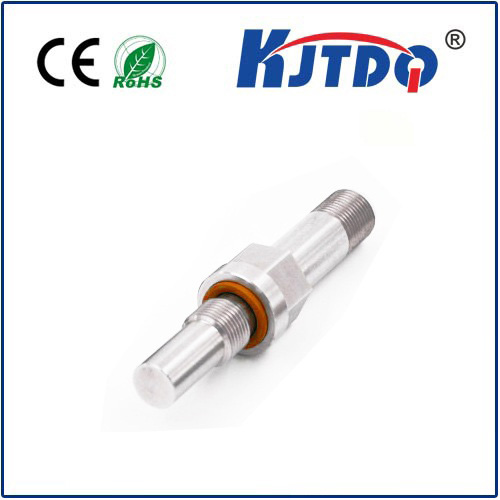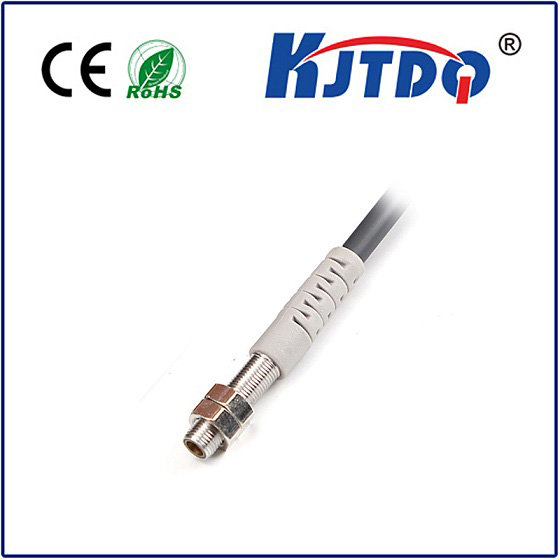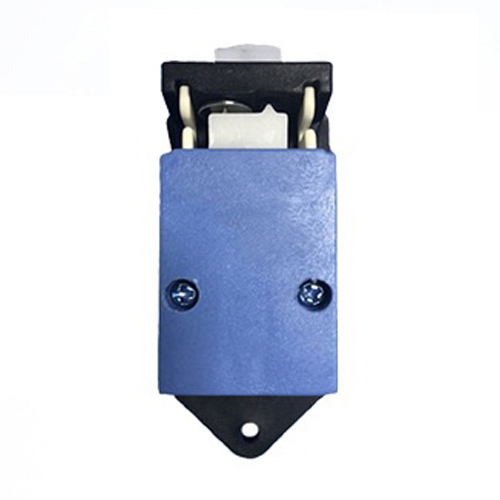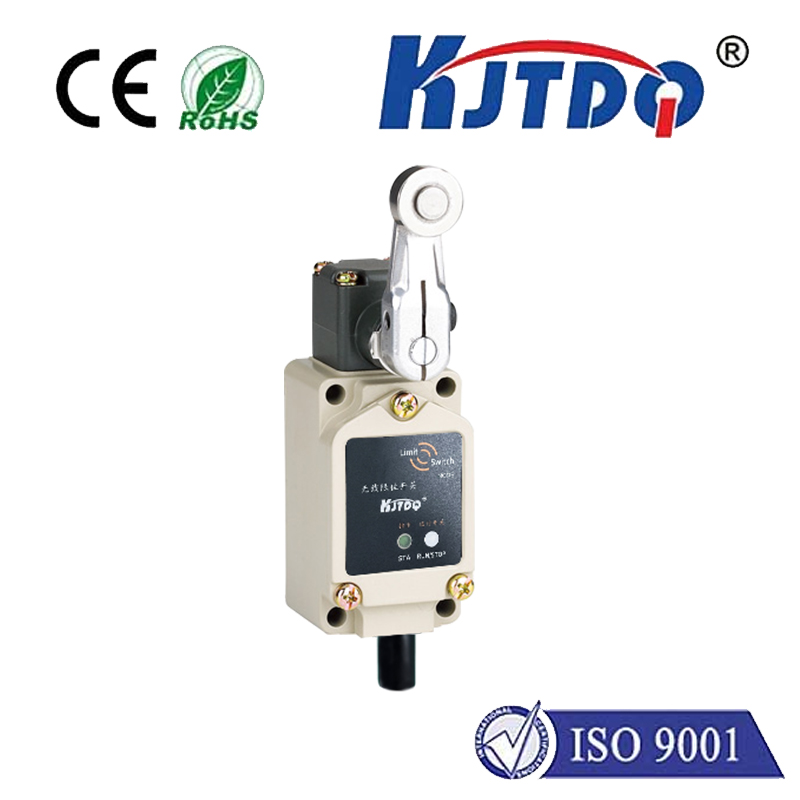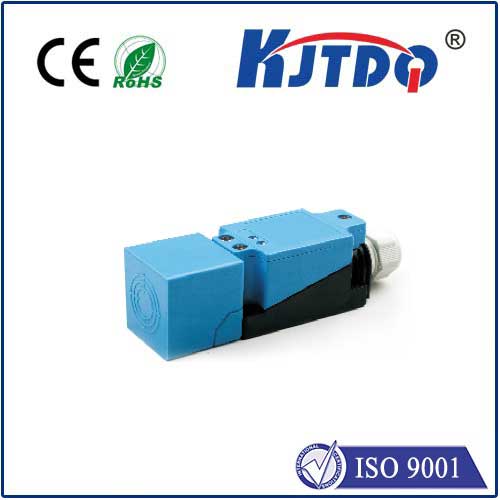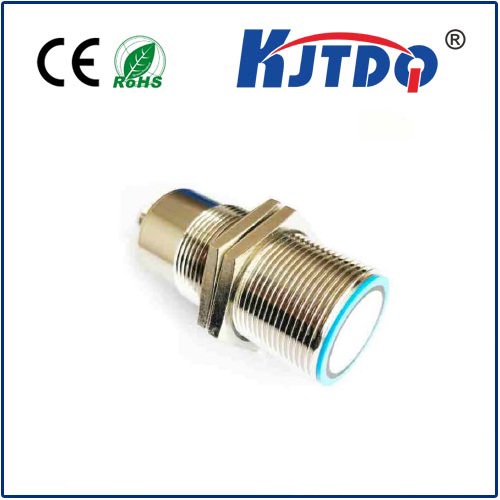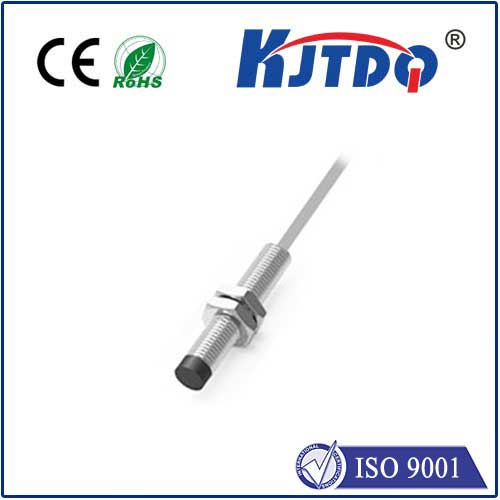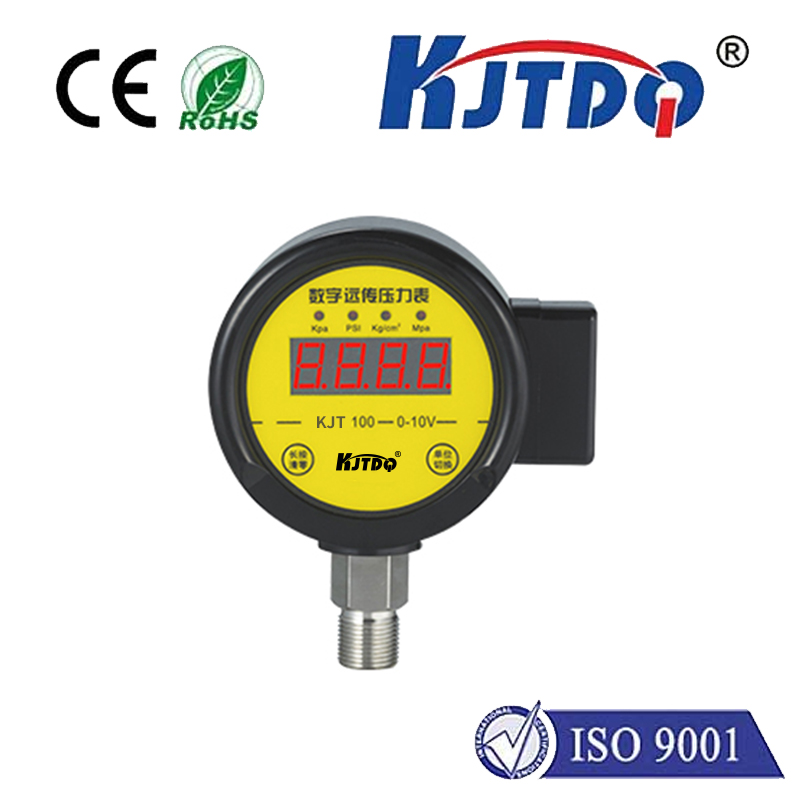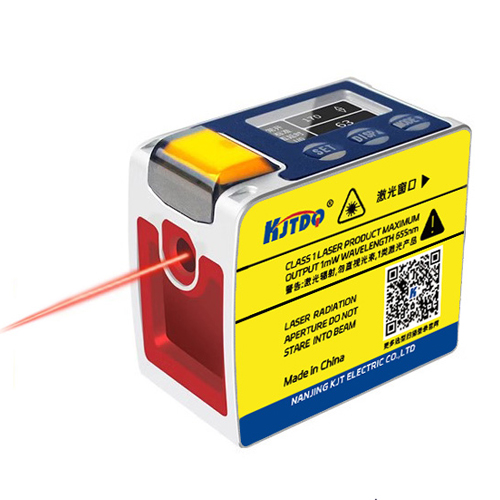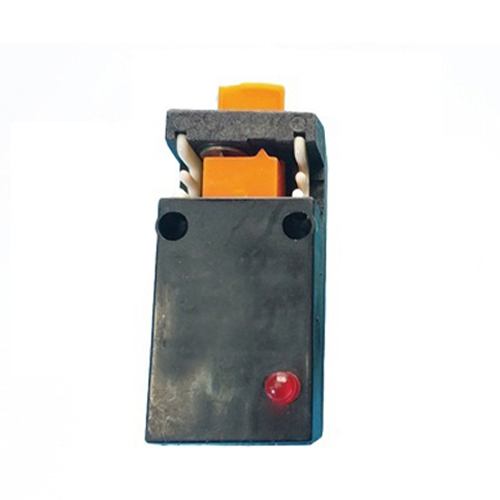

check

check

check

check

check

check

check

check

check

check
Title: The Advancements and Applications of Ultrasonic Sensors in Various Industries
Introduction
Ultrasonic sensors are one of the most versatile and widely used sensors in various industries. They have found their applications in diverse fields such as agriculture, manufacturing, automotive, healthcare, and many more due to their high precision, reliability, and ease of use. In this article, we will discuss the advancements in ultrasonic sensors and their applications in different industries.
Section 1: Ultrasonic Sensors: An Overview
An ultrasonic sensor is an electronic device that uses sound waves to detect and measure distance or velocity. It works by emitting high-frequency pulses of sound waves that bounce off objects and return to the sensor. The time it takes for the sound waves to travel back to the sensor and be detected is called the echo duration. By analyzing the echo duration, the sensor can determine the distance or velocity of the target object.
The main components of an ultrasonic sensor include a transducer, which converts electrical energy into mechanical energy and emits the sound waves, an amplifier, which increases the signal strength, and an analog-to-digital converter (ADC), which converts the analog signal to digital signals for processing by a microcontroller or computer.
Section 2: Advancements in Ultrasonic Sensor Technology
Over the years, there have been significant advancements in ultrasonic sensor technology that have made them even more reliable and efficient. Some of the key improvements include:
1. High-Frequency Range: The frequency range of ultrasonic sensors has increased from around 20kHz to 40kHz, allowing them to detect objects at higher distances and with greater precision.
2. Wide Dynamic Range: The dynamic range of ultrasonic sensors has expanded from around 16dB to over 130dB, making them suitable for applications with varying levels of background noise.
3. Integrated Circuits: The development of integrated circuits has allowed manufacturers to design ultrasonic sensors with smaller and more complex components, making them faster, cheaper, and more compact.
4. Real-Time Processing: Modern ultrasonic sensors can process large amounts of data in real-time, providing accurate and up-to-date information about the environment.
5. Miniaturization: Advances in miniaturization technology have made it possible to design ultrasonic sensors with very small dimensions, making them suitable for applications where space is limited.
Section 3: Applications of Ultrasonic Sensors in Different Industries
Ultrasonic sensors have numerous applications in different industries, including:
1. Agriculture: Ultrasonic sensors can be used to monitor crop growth, identify diseases and pests, and optimize irrigation systems. For example, they can detect plant stress due to drought or nutrient deficiency, allowing farmers to take corrective action before it becomes too late.
2. Manufacturing: Ultrasonic sensors can be used to inspect industrial machinery and equipment for defects or malfunctions. They can also be used for quality control in manufacturing processes like painting and packaging.
3. Automotive: Ultrasonic sensors are commonly used in automotive safety systems, such as lane departure warnings and collision prevention systems. They can also be used for speed measurement, fuel efficiency monitoring, and tire pressure monitoring.
4. Healthcare: Ultrasonic sensors can be used for non-invasive medical procedures like ultrasound imaging, which provides images of internal organs without damaging the tissue. They can also be used for blood flow measurements during surgery or diagnostic purposes.
5. Industrial Automation: Ultrasonic sensors can be used for process control and monitoring in various industrial applications like liquid level measurement, temperature detection, and vibration analysis. They can also be used in robotics for navigation and obstacle detection.
